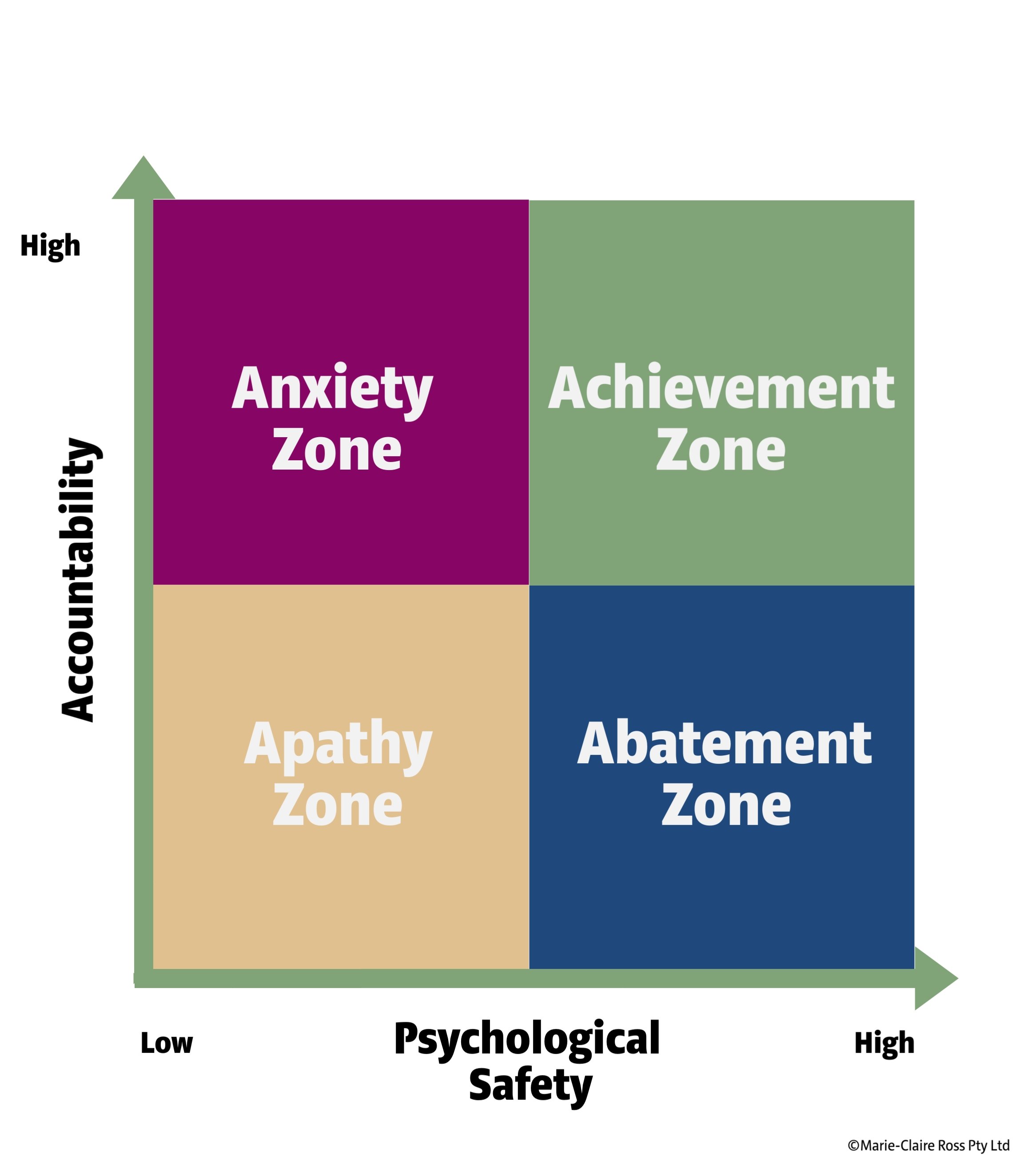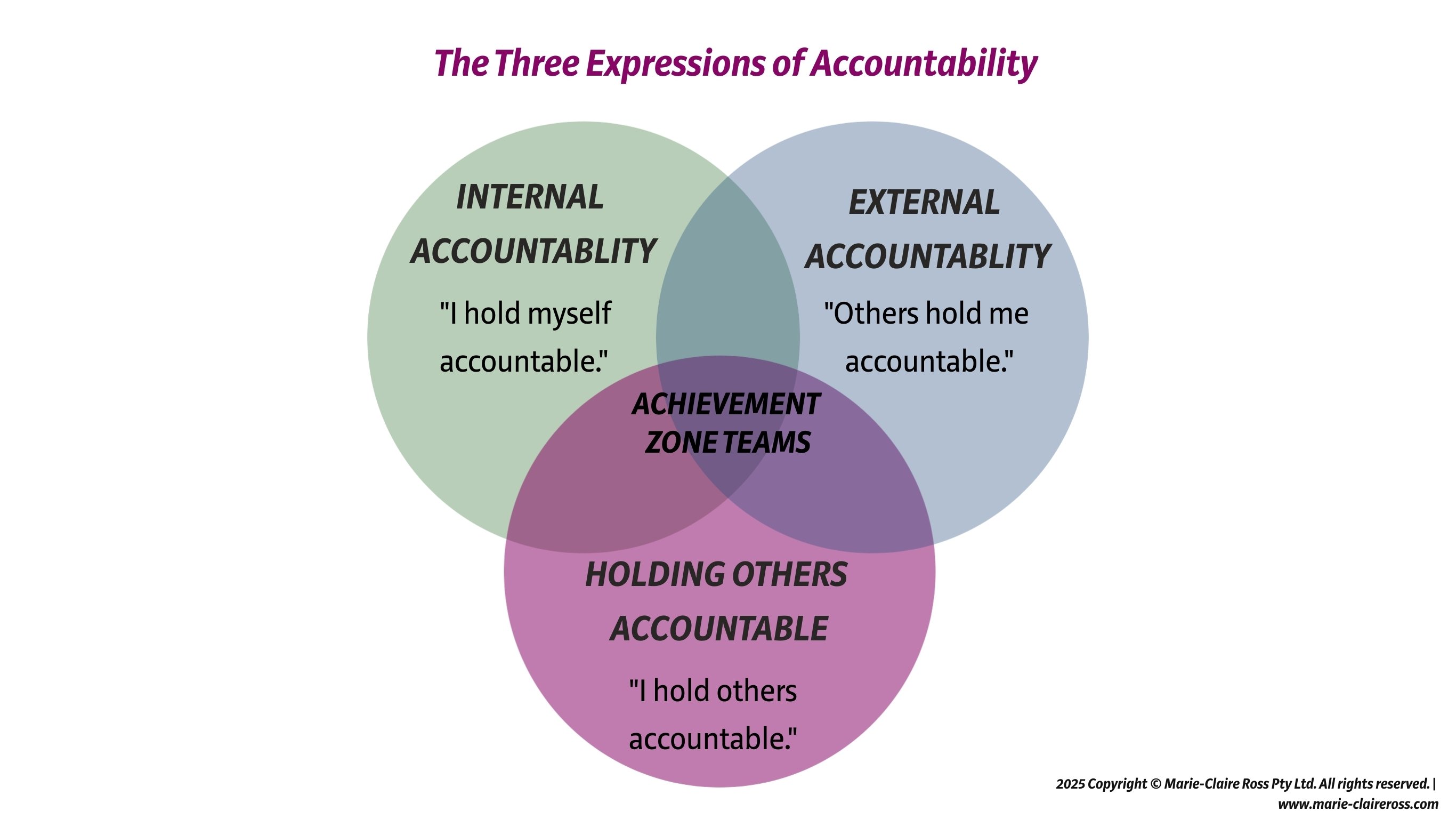
High performers are the backbone of any successful organisation. Understanding how to harness their potential can elevate your entire team's performance to new heights.
High-performing leaders set themselves apart from average performers by implementing specific strategies and behaviours.
Let's take a look at seven areas where top leaders excel:
1. Do regular, structured 1-1s - High performers have mastered how to undertake effective one-on-ones that build trust and connection with their direct reports.
Typically, average managers complain that one-on-ones are time-consuming. Successful leaders have learnt to structure one-on-ones and encourage reports to drive the agenda. This ensures that leaders receive timely feedback and can more effectively clear roadblocks before they become bigger, more time-consuming issues.
According to a CultureAmp study, the more frequently managers hold one-on-one's, the more likely their direct report agrees that their manager is a great role model for employees. Not only that when one-on-one's are comprehensive, 78% of employees are more likely to agree with the statement I feel valued for the unique contribution I can make compared to 57% of reports with less comprehensive one-on-ones.
2. Reduce microstresses in their lives - In the book, The Microstress Effect, the authors found that the top ten percenters in performance are best-in-class when managing microstress.
High performers actively minimise individual microstress. Key to their success is prioritising happiness in the day-to-day rather than in the distance when a goal is reached. They structure their daily lives with meaningful connections and activities that recharge their batteries. This is done through developing a diverse network of connections, both at work and in their personal life. As well as ensuring that throughout the day they give themselves space to enjoy what they are doing and who they are with.
4. Embrace a positive mindset - Research has shown that highly effective leaders radiate positive relational energy: the energy exchange between individuals that uplifts, inspires, and revitalizes them. Leaders who promote positive energy have a significant impact on innovation, organisational performance, and employee satisfaction.
This involves having a strong belief that things will work out, no matter what happens. It's about believing that together, as a team, you'll be able to solve challenges and forge a path forward. It means accepting that things will go wrong, but you don't let negative events derail you. Your mindset stays positive and optimistic. You look for the lesson and gain clarity from what you do not want to help better determine what you do want.
Uncertainty does not derail you, nor do problems.
Research indicates that many professionals perceive challenging situations as obstacles that hinder their productivity and create difficulties in performing their tasks effectively. Rather than confronting these issues head-on, they tend to evade them or view them as potential threats that could compromise their standing within the organisation.
It's crucial to recognise that challenges are not mere distractions; they are the core of your role. Your objective is to identify and solve problems to the best of your team's capabilities.
As Liz Wiseman says in the book, Impact Players, high performers see challenges through and opportunity lens rather than a threat lens. How can you reorient your thinking and ask yourself the next time there is a tricky challenge to solve "What's the opportunity here?"
5. Reflect on their leadership - Research by Carter Cast in the book, The Right (and Wrong) Stuff, indicates that leaders who have an inflated sense of their own skills and who understate interpersonal issues are six times more likely to fail than those with accurate self-awareness.
High performers tend to be higher in self-awareness. It makes sense because we can't improve our results, if we are not keen to look at our behaviours or our mindsets and tweak them.
Leaders who take the time to assess their behaviours at the end of the week strengthen their leadership capabilities. This can include journalling what worked or what didn't or monitoring areas of improvement.
6. Focus on adding value - High performers also consider others and how they can help them be more successful. This includes their own manager, peers, customers and suppliers.
Through having a clear understanding of the organisation's vision, mission, and goals they think strategically on how they can best serve those around them.
This requires being an active listener and being intentional about how to build relationships. It's about making work easier for others. This could be asking your boss, "How can I lighten your workload? What can I do to make your work more manageable?"
Most managers look to their manager to reduce their work load, but fail to consider how they can free themselves up to help their own manager be more impactful.
Adding value requires completing as much work as you can on your own without passing it on to others unfinished.
Adaptability and continuous learning are key focus areas for top leaders in today's rapidly changing business environment. It's about being curious and testing things out.
Continuous learning allows leaders to stay ahead of the curve and make informed decisions. After all, with the rate of change today leaders must be able to adapt to new technologies, market trends, and customer needs.
It means being willing, and humble enough, to question your assumptions. Starting again when things don't work out - iterating and tweaking.
There are so many things you can work on to be a high performer.
What matters most is that you pick a handful of things, focus on them and measure their progress. This involves taking an honest look at where you are now and where you want to go, then working out the best steps to get there. It's different for everyone.
In my Leadership Mastermind, participants work on three leadership goals over 12 months. At the end of the year, when they reflect on their goals, they realise that they achieved them more easily than initially thought. The goals seem outdated and almost trivial. Usually the big takeout is that they are now ready to prioritise new goals to drive success and inspire their teams. The momentum becomes addictive.
Again, it's not so much what the goals are, but how you apply yourself to achieving them. Getting feedback on your performance, looking at new ways of doing things, trying out new things and reflecting on your performance weekly is key.
Moreover, embracing the fact that there is no ultimate destination, but rather a continuous journey filled with growth, learning, and enjoyment alongside others, adds immeasurable value to the entire experience.

High performers are the backbone of any successful organisation. Understanding how to harness their potential can elevate your entire team's performance to new heights.

When most people hear the term leadership accountability, they often picture a manager holding others to account—calling out missed deadlines, chasing performance,...